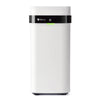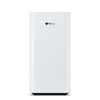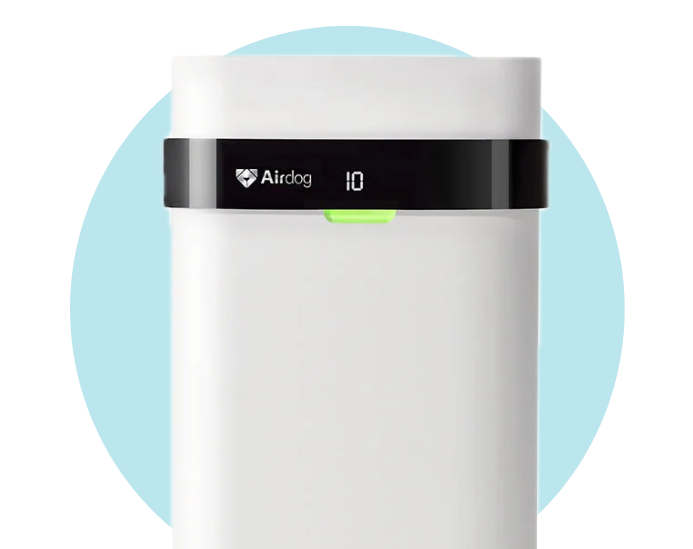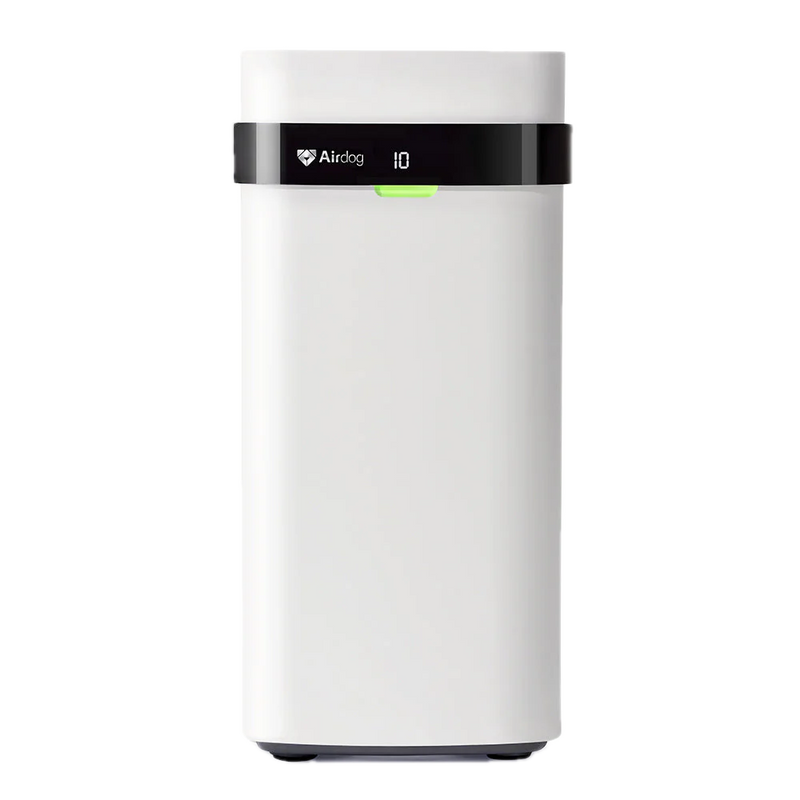Understanding Mold Growth on Carpet
Mold on carpet is more than just an unsightly problem—it can pose serious health risks and compromise indoor air quality. Mold spores thrive in damp, warm environments, making wet carpet a prime breeding ground for mold growth. Left untreated, visible mold can spread rapidly, leading to musty odors, allergic reactions, and potential structural damage.
Mold spores are microscopic and travel through the air, meaning even if mold is not immediately visible on your carpet’s surface, it could still be present beneath the fibers or on the floor underneath. Excess moisture from leaks, flooding, or high humidity levels accelerates mold growth, making timely intervention crucial.
Mold can also deteriorate the structural integrity of carpets and subfloors, causing expensive damage. Mold infestations often indicate deeper issues, such as hidden leaks, inadequate ventilation, or improper cleaning routines. Understanding the underlying causes of mold growth will help prevent future occurrences and protect the longevity of your carpet and indoor air quality.
Signs You Have a Carpet Mold Problem
-
Musty odors: A persistent moldy smell is often the first sign of mold growth.
-
Discoloration: Green, black, or white patches indicate visible mold growth.
-
Allergic reactions: Symptoms like eye irritation, sneezing, coughing, or breathing difficulties may worsen indoors.
-
Dampness: A constantly wet carpet signals an ideal environment for mold to thrive.
-
Increased humidity levels: Homes with poor ventilation and high moisture levels are at higher risk.
-
Warped flooring: If the floor underneath feels soft, spongy, or uneven, moisture may have seeped beneath the carpet.
-
Persistent stains: Even after cleaning, mold can continue to grow, reappearing in the same spots over time.
How to Remove Mold from Carpet
If you discover mold growth on your carpet, it’s important to act fast. The best method for mold removal depends on the severity of the issue. If the mold infestation is widespread, professional remediation may be necessary.
Step 1: Identify the Affected Area
-
Inspect the carpet for visible mold growth and moisture.
-
Check for hidden mold beneath the carpet and on the subfloor.
-
If mold has spread to more than one area or has penetrated the floor underneath, consider professional mold remediation.
Step 2: Dry the Carpet Completely
-
Use a dehumidifier and fans to absorb moisture and control humidity levels.
-
If possible, move the carpet to a well-ventilated space or expose it to direct sunlight to prevent mold from returning.
-
Avoid walking on wet carpet, as this can push moisture deeper into the fibers and flooring.
Step 3: Kill Mold Spores with Natural Solutions
-
White vinegar: Spray undiluted vinegar onto the moldy area, let it sit overnight, then scrub with a stiff brush.
-
Baking soda: Sprinkle baking soda onto the carpet’s surface to absorb moisture and odors, then vacuum thoroughly.
-
Hydrogen peroxide: Mix equal parts hydrogen peroxide and water, apply to the affected area, and let it sit for 10–15 minutes before scrubbing.
Step 4: Vacuum and Deep Clean
-
Use a high-performance vacuum to remove mold spores from carpet fibers, preventing them from spreading through the air.
-
Avoid using a standard vacuum, as it may redistribute mold spores instead of removing them completely.
-
Use non-toxic cleaning chemicals or an antifungal carpet cleaner.
-
Steam cleaning can help kill mold spores embedded deep within carpet fibers.
-
If the mold problem is severe, replace carpet padding to prevent reinfestation.
Step 5: Ensure the Area is Properly Dried
-
Opening windows and using a dehumidifier will help maintain proper humidity levels.
-
Make sure the carpet is completely dried before reinstalling or placing furniture back.
-
Consider running an air purifier to capture airborne mold spores and prevent further contamination.
Preventing Mold Growth in Carpeting
Prevention is key to keeping mold away and maintaining good indoor air quality. Implementing proactive strategies will not only eliminate future mold issues but also extend the lifespan of your carpet and flooring.
Control Moisture Levels
-
Use a dehumidifier to maintain indoor humidity levels below 50%.
-
Fix leaks or water damage immediately to prevent excess moisture buildup.
-
Avoid placing carpets in areas prone to water damage, such as basements, kitchens, and bathrooms.
-
Clean up standing water immediately and ensure affected areas are completely dried.
Improve Ventilation
-
Keep rooms well-ventilated by opening windows or using exhaust fans.
-
Use an air circulator or HVAC system to improve airflow and prevent moisture buildup.
-
Avoid installing wall-to-wall carpeting in damp areas like basements or bathrooms.
Use an Air Purifier to Remove Mold Spores
-
A premium air purifier like Airdog can help filter out airborne mold spores, reducing the risk of mold growth on carpet.
-
Airdog’s advanced filtration technology removes ultra-fine particles, including mold spores, without the need for costly disposable filters.
-
Air purifiers equipped with this technology actively destroy mold spores rather than simply trapping them.
Clean and Maintain Carpets Regularly
-
Vacuum carpets frequently with a powerful filtration system designed for fine particles.
-
Consider using moisture-resistant padding when installing carpeting.
-
Immediately dry the wet carpet to prevent mold from growing.
-
Use natural anti-fungal treatments to prevent mold recurrence.
-
Regularly clean rugs and carpets with professional-grade cleaning solutions.
When to Call a Professional
If your mold problem is extensive or mold has penetrated the floor underneath, professional mold remediation may be necessary. Signs that indicate you need expert help include:
-
Large areas of visible mold growth
-
Strong, persistent moldy smells
-
Mold returning after repeated cleaning
-
Family members experiencing health problems related to mold exposure
-
Soft or warped flooring, indicating moisture damage beneath the carpet
-
Chronic mold issues despite proper cleaning and drying
A Final Thought on Cleaner Air and Mold Prevention
Mold on carpet is a common but preventable problem. By controlling moisture, maintaining proper ventilation, and using an advanced air purifier like Airdog, you can significantly reduce the risk of mold growth and improve indoor air quality.
A clean, mold-free environment is essential for good health, especially for individuals with respiratory conditions or allergies. Being proactive in mold prevention and remediation not only protects your home’s structure but also ensures a safer, healthier living space for you and your family.
Breathe different and create a healthier home by investing in effective mold prevention strategies today.





